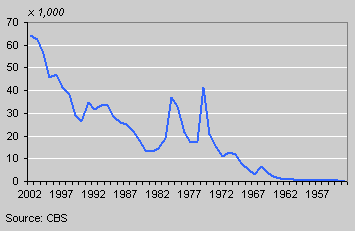the netherlands From Robin, Thomas and Nelis
After the Second World War, the Netherlands was in ruins: all industry was destroyed, houses were devastated, and unemployment was sky-high. The country needed rebuilding and industrialisation. This reconstruction process led to an acute shortage on the labour market by the end of the 1950s and early '60s. Initially individual companies, but soon afterwards also the Dutch government, recruited workers with few qualifications from Southern Europe (especially Spain and Italy) to work in the new industrial sector. Many of these 'guest workers' (in Dutch: 'gastarbeiders') returned after a few years to their country of origin.
In the middle of the 1960s the Dutch economy boomed. The Dutch government decided to invite guest workers from Turkey and Morocco. Many (male) workers, often married with children, moved to the Netherlands. They hoped to earn a lot of money in a short time in order to be able to provide a better future for their family back home. 'Leaving to stay' was the paradox. First generation non-Western immigrants by year of arrival

Second world war people from the newly independent Indonesain Republic repatriated or migrated to the Netherlands - mainly Indo-European (people of mixed European and Indonesian ancestry with Dutch passports) and supporters of the Republic of South Maluku
In the 1960s and 1970s migrants from Southern Europe (i.e. ItalyPortugal and Spain), Turkeyand Morocco came to work in the Netherlands as guest workers. They were expected to return to their own country and many did, but others remained and in the 1980s and 1990s were joined by their families. Until 2004, when marriage immigration was restricted, their children usually married people from their home country
